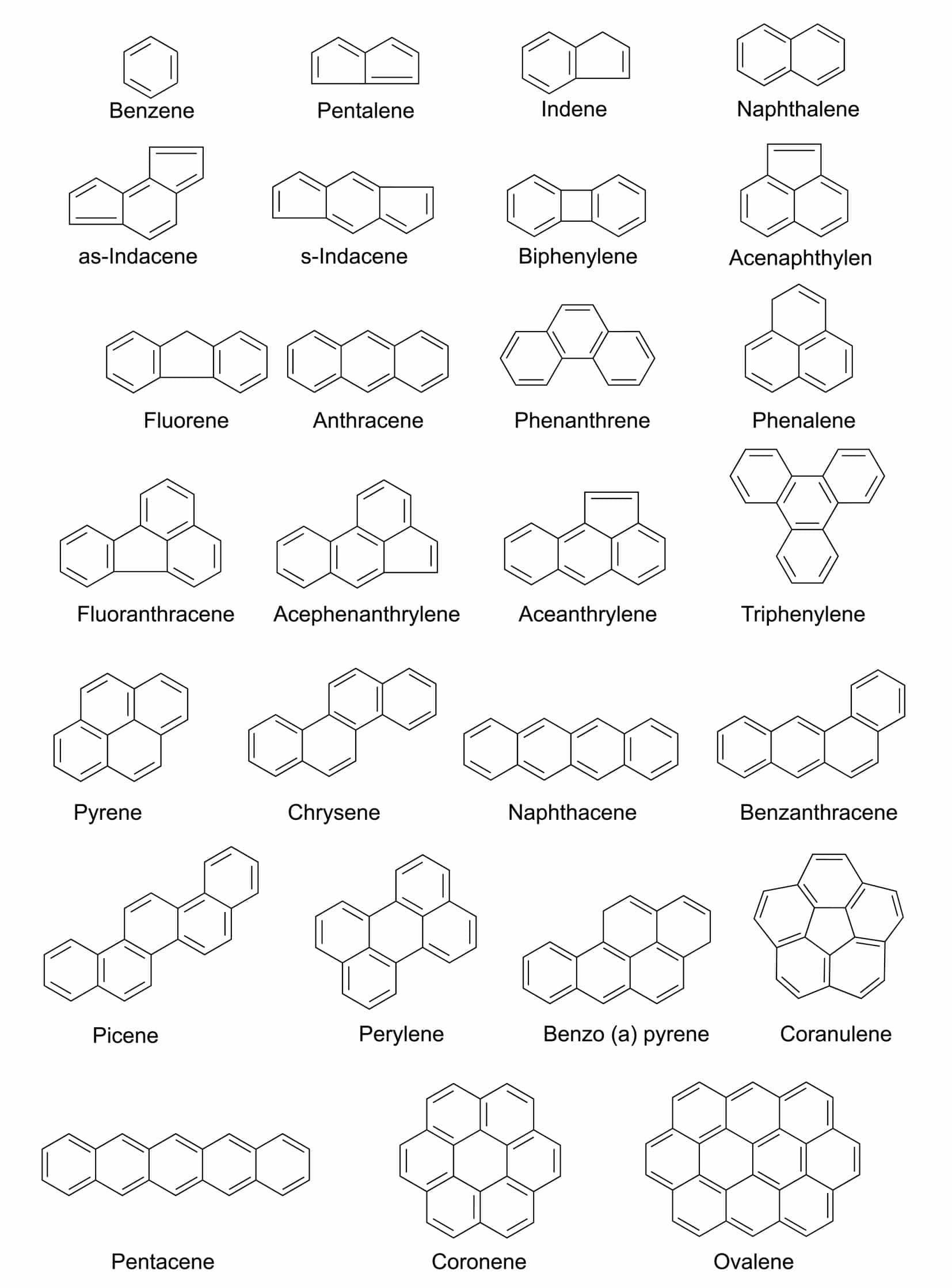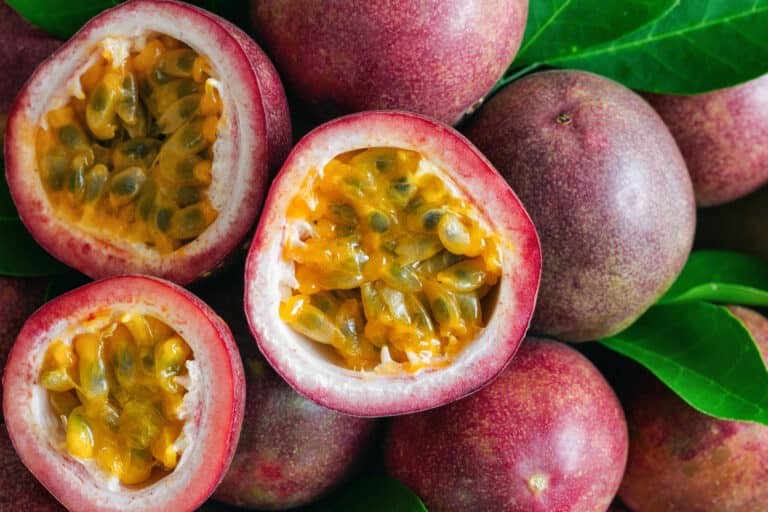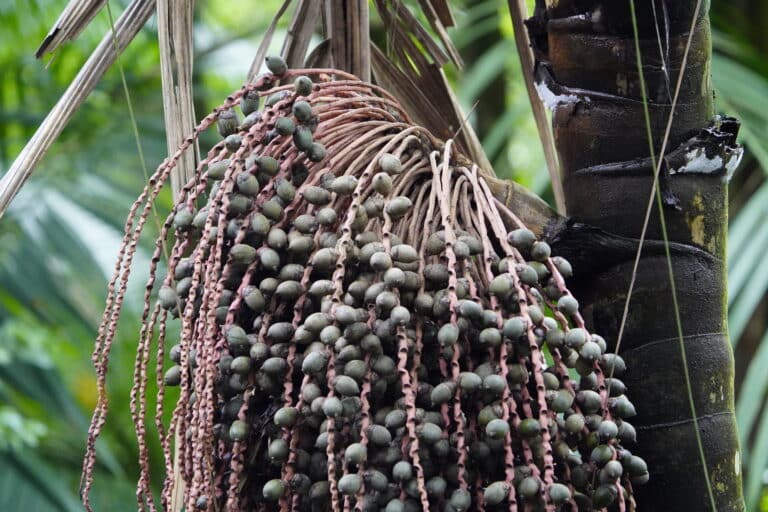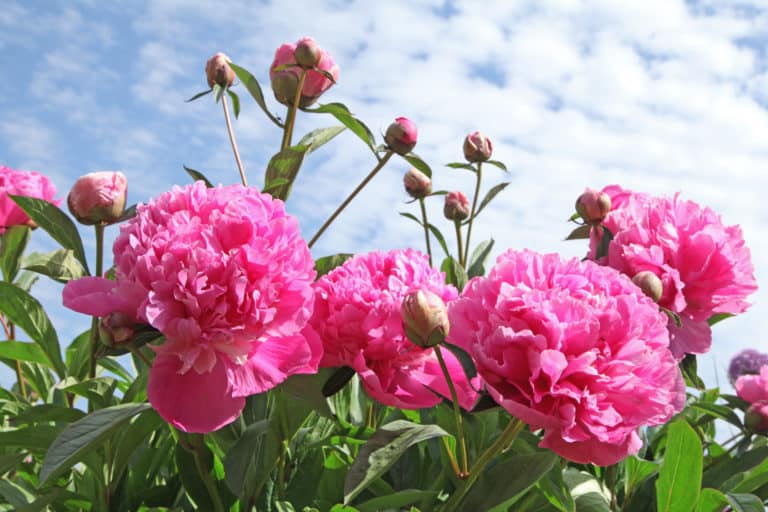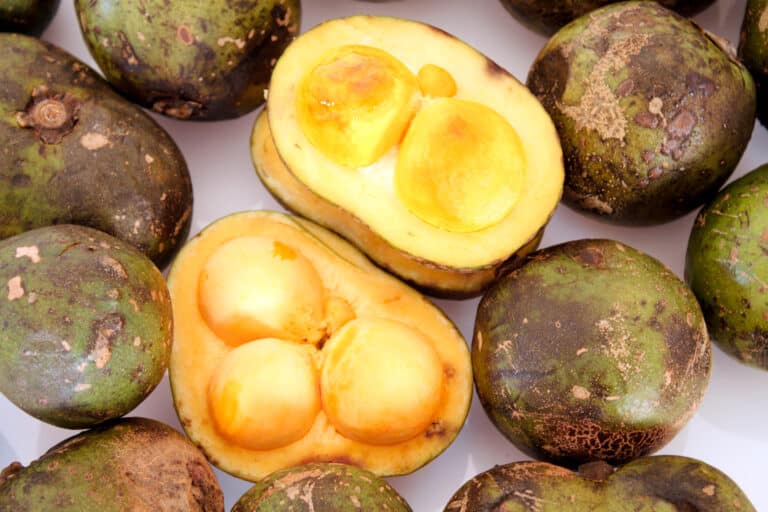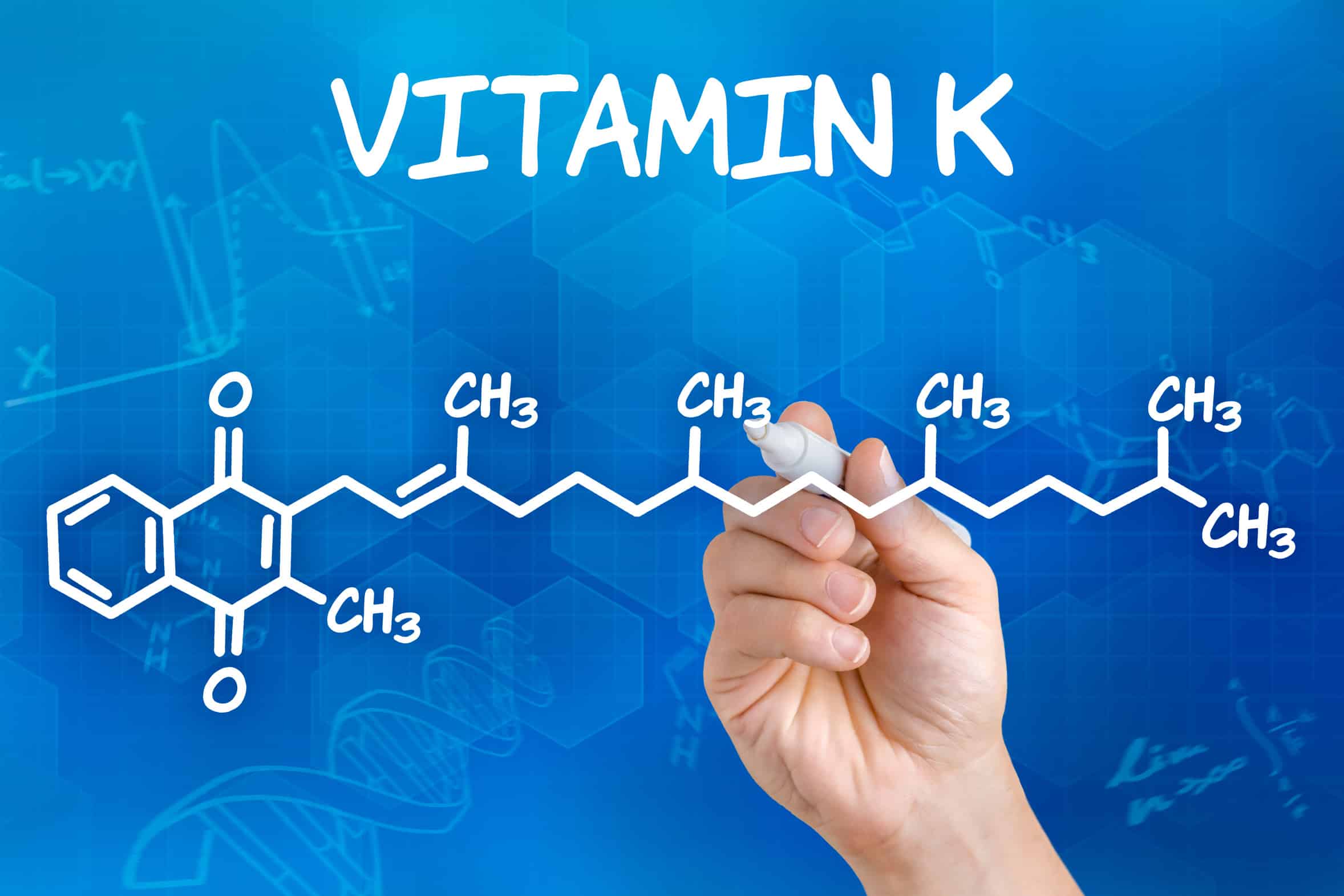PAHS
PAH is the abbreviation for polycyclic aromatic hydrocarbons. These are organic compounds consisting of two to seven rings of carbon and hydrogen atoms. At room temperature, these PAHs (polycyclic aromatic hydrocarbons) are solid; they bind very strongly to dust, soot, or soil particles. The exact properties of the different types always depend on the respective…
Paradise nut oil
Paradise nut oil can be obtained from the nuts of the paradise nut trees. This tree, which grow up to 40 metres high and belong to the Lecythidaceae family (potted fruit trees), grow in northern South America. There are a total of 26 different species of Lecythis. The robust wood is often used for railway…
Passion fruit oil
Although the two terms passion fruit and maracuja are often used interchangeably, they are actually two different fruits. Although they are related, they are different in appearance and flavour. Of the 20 or so edible passion fruit species, the purple passion fruit (Passiflora edulis forma edulis) and the maracujapassion fruit (Passiflora edulis forma flavicarpa), also…
Patauá oil
Pedicure
Nowadays, well pedicured feet and chic shoes are important components of a perfect appearance. However, many people attach more importance to fashion trends than to comfort. If shoes are too tight, cause pressure points or the inner lining rubs, unpleasant blisters can develop, which can lead to corns in the long term. The body reacts…
Pentylene glycol
Pentylene glycol is an antimicrobial, chemically or naturally produced humectant that has been listed in the German Drug Codex® since 2009. However, it is not only approved in Germany, but now also worldwide as a cosmetic active ingredient. Originally, it was based on the unripe juice of sugar beets, but synthetic production is now standard.…
Peony extract
Peony extract relates to Peony flower. It is at home in countless gardens and delights us from May to June with its fantastic flowering splendor: the peony (Paeonia). However, hardly anyone knows that the name peony refers to an entire genus of plants that includes more than 30 different species. The common peony (Paeonia officinalis),…
Peptidases
Peptidases are enzymes that can cleave peptide bonds of proteins and peptides by hydrolization. They are also called proteases or proteinases, but basically the term peptidases is a short form for peptide bond hydrolases. The enzymes are found in the cells and tissues of all organisms and are active both extracellularly and intracellularly. Today, science…
Pequi oil
The pequi oil tree is native to the Cerrado, the Brazilian savanna. There are about 16 species, of which Caryocar Brasiliense is the most common. The deciduous tree grows wild throughout midwestern Brazil. It reaches a height of about 12 meters. Its drupes have yellowish, fibrous oily flesh and a hard pericarp. The reddish-brown fruit…
Phylloquinone
Vitamin K or phylloquinone belongs to the fat-soluble vitamins and was discovered in 1929. The Danish researcher Henrik Dam received the Nobel Prize for Medicine in 1943 for this discovery. Basically, phylloquinone can be divided into three different structural formulas. Phylloquinone 1, also known as phylloquinone, is involved in photosynthesis in plants, for example. Phylloquinone…
